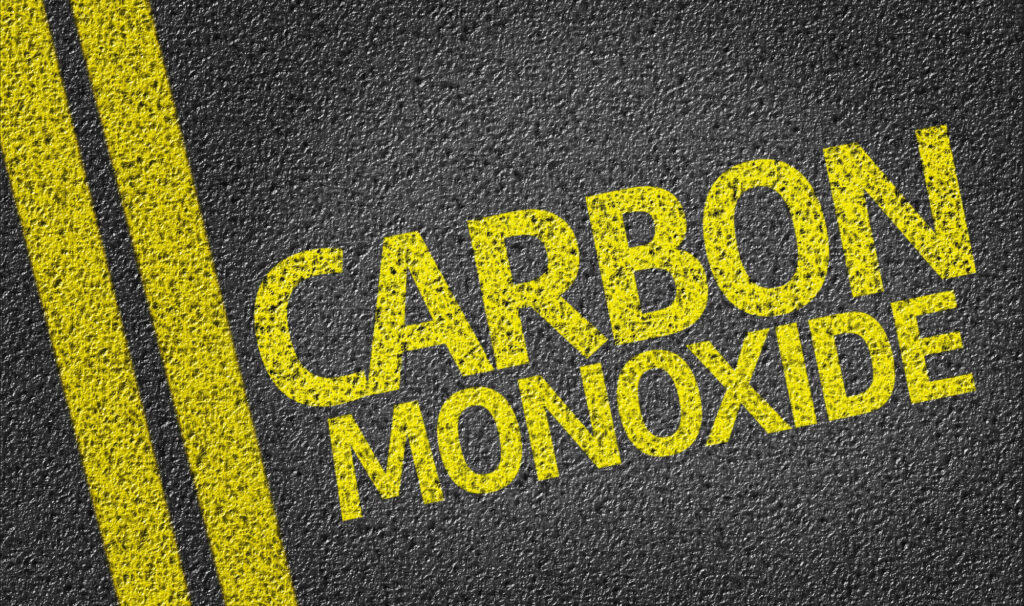Carbon Monoxide at Work: Warning Signs and Protection
Carbon monoxide (CO) is a dangerous gas that is colourless, odourless, and tasteless, making it incredibly hard to detect without specialised equipment. It is produced when carbon-based fuels do not burn completely. This undetectable nature makes CO a significant hazard in workplaces that use such fuels. Understanding its sources, recognising exposure symptoms, and implementing protective measures are essential for keeping employees safe.
Common Sources of Carbon Monoxide in the Workplace
There are several common sources of carbon monoxide in workplaces that require attention. Ensuring these sources are identified and managed can greatly reduce the risks.
Fuel-Burning Equipment
Devices like boilers, furnaces, and space heaters that rely on gas, oil, or coal can emit CO if they are not properly maintained. Poorly functioning equipment may leak CO into the workspace, posing a danger to employees. Regular servicing is essential to prevent malfunctions.
Internal Combustion Engines
Vehicles and machinery such as forklifts, generators, or construction equipment that operate in enclosed spaces are significant sources of CO. Without proper ventilation, these engines can release harmful levels of gas into the environment.
Hot Work Processes
Activities such as welding, cutting, and brazing in confined spaces can also generate carbon monoxide. These processes often occur in industrial settings, increasing the risk of exposure, especially if there is insufficient airflow.
Poor Ventilation Systems
Even when equipment functions correctly, poorly ventilated areas can allow CO to accumulate over time. Ensuring good airflow in areas where combustion occurs is a critical preventive measure.
Warning Signs of Carbon Monoxide Exposure
Recognising the symptoms of CO poisoning is crucial for immediate action and preventing severe outcomes. Symptoms often mimic common illnesses, making them easy to misinterpret.
Early Symptoms of Exposure
Employees exposed to carbon monoxide may experience symptoms such as:
- Headache
- Dizziness
- Nausea
- Fatigue
- Shortness of breath
These signs are frequently mistaken for conditions like the flu or fatigue from physical activity, delaying the response. However, prolonged exposure can worsen symptoms significantly.
Severe Symptoms
If exposure continues without intervention, the symptoms can escalate to confusion, chest pain, blurred vision, or even unconsciousness. In extreme cases, carbon monoxide poisoning can lead to fatalities. Employers and employees must act quickly at the first sign of exposure to minimise harm.
Protective Measures Against Carbon Monoxide
Employers are responsible for implementing safety measures that protect workers from carbon monoxide exposure. Following best practices can significantly reduce the risk of poisoning.
Regular Maintenance
All fuel-burning equipment should be serviced by qualified professionals at recommended intervals. Regular inspections ensure that equipment operates safely and efficiently, reducing the likelihood of CO leaks.
Adequate Ventilation
Proper ventilation is essential in any area where combustion takes place. Employers should install ventilation systems to disperse CO and keep air quality safe. For confined spaces, portable ventilation units may be necessary.
CO Monitoring
Installing carbon monoxide detectors is one of the most effective ways to identify elevated CO levels early. These detectors should be placed near fuel-burning equipment and in areas where employees spend significant time.
Employee Training
Training employees to recognise CO symptoms, understand its sources, and know the correct emergency procedures is essential. Employees should also know how to operate safety equipment such as CO detectors and follow evacuation plans if necessary.
Safe Work Practices
Workplaces should prohibit the use of fuel-powered engines indoors unless sufficient ventilation is available. Employers should also enforce policies for reporting faulty equipment or unsafe conditions.
Legal Responsibilities
Under the Health and Safety at Work etc. Act 1974, UK employers are legally required to ensure the safety of their employees. This includes assessing and controlling risks associated with hazardous substances such as carbon monoxide. Employers must conduct thorough risk assessments, implement protective measures, and provide training to comply with these regulations. Regular audits of safety systems ensure compliance and maintain a safe working environment.
Conclusion
Carbon monoxide is an invisible threat in many workplaces, but with proper precautions, its risks can be effectively managed. Identifying sources, recognising symptoms, and taking preventative measures are crucial steps in protecting employees. By prioritising regular maintenance, ventilation, monitoring, and employee training, employers can create a safer environment. Compliance with legal obligations further ensures a proactive approach to safety, fostering trust and well-being among the workforce.

